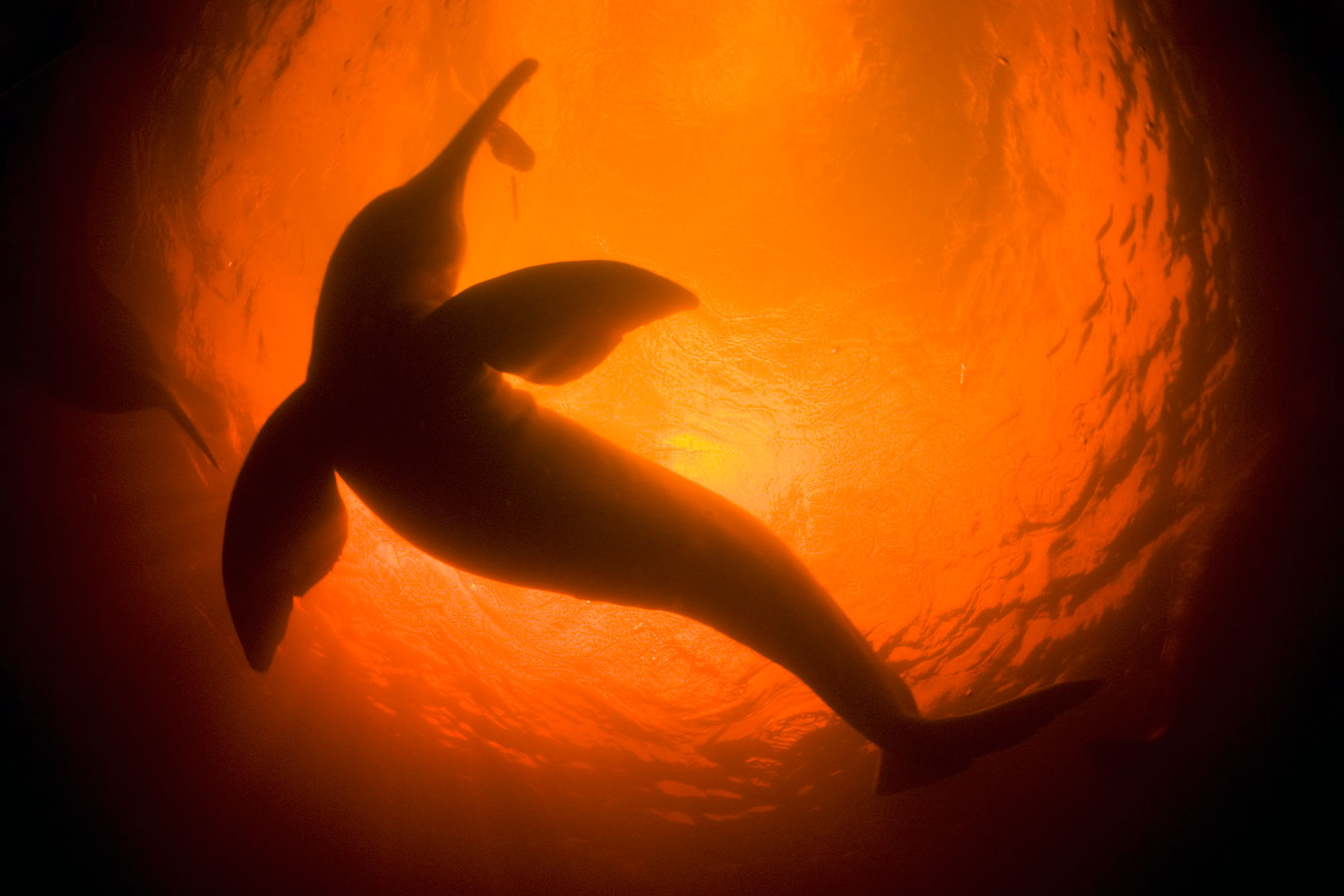New research shows that Amazon River dolphins (Inia geoffrensis) are facing significant risks due to fishing, dams and dredging practices. Using satellites, cetacean experts were able to track eight dolphins in their usual travel through the Peruvian Amazon river. On average, the dolphins have a home swimming range of more than 31 miles — yet scientists found 89% of the dolphins’ home swimming range was compromised by either human engineering or fishing practices.
Amazon River dolphins are categorized as endangered on the IUCN Red List. The study was published in the journal Oryx, carried out by the University of Exeter and Peruvian conservation organization Pro Delphinus and funded by the South American River Dolphin Initiative and WWF Peru. In a release accompanying the new research, report co-author Dr. Elizabeth Campbell, of the Centre for Ecology and Conservation on Exeter’s Penryn Campus in Cornwall, pointed at the human element of the risks.
“It’s clear that the Amazon river dolphin is facing increasing threats from humans,” Campbell said. “Fishing can deplete populations of the dolphins’ prey, and dolphins are also at risk from intentional killing and bycatch (accidental catching). Bycatch has been known to be a threat to these dolphins for the last 30 years, but there’s no real data on how many dolphins are caught per year.”


